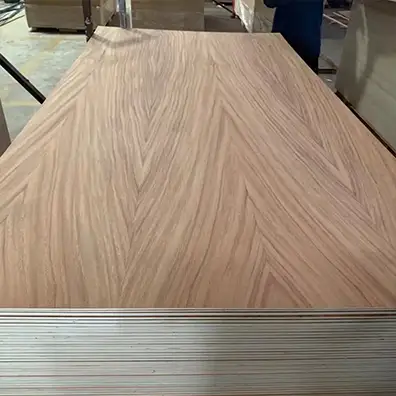There are many types of plywood, such as film-faced plywood, hardwood plywood, particle board, etc.; if classified by grade, plywood is mainly divided into four grades.


These are known as A, B, C, and D. Within each sheet of plywood, there are two grades present. This compound is written out as AB, AC, and so on. The first letter is what’s known as the face veneer grade, and the second letter represents the back veneer. If the plywood compound has an X at the end, it signifies that it is “exposure” plywood and can be exposed to a bit of moisture. The letters progress like grades in school — A is the highest grade, D is the lowest.


A-grade plywood: A-grade plywood is the highest quality and is the most expensive, as most sheets will be free of flaws. If you’re looking for plywood that is smooth and can be easily painted, this is a great option.
B-grade plywood: Another option for an almost perfect sheet of plywood is B-grade. B-grade plywood has a mostly smooth surface and a solid foundation. Some repairs might have been made on this plywood, but B-grade would have only minor flaws.
C-grade plywood: A little lower down in quality, C-grade plywood has some knots throughout its sheets, up to 1.5 inches in diameter.
D-grade plywood: D-grade plywood sheets are the most inexpensive. They haven’t been repaired, and the flaws can be a little larger and more noticeable. This grade of plywood can feature knots up to 2.5 inches.

